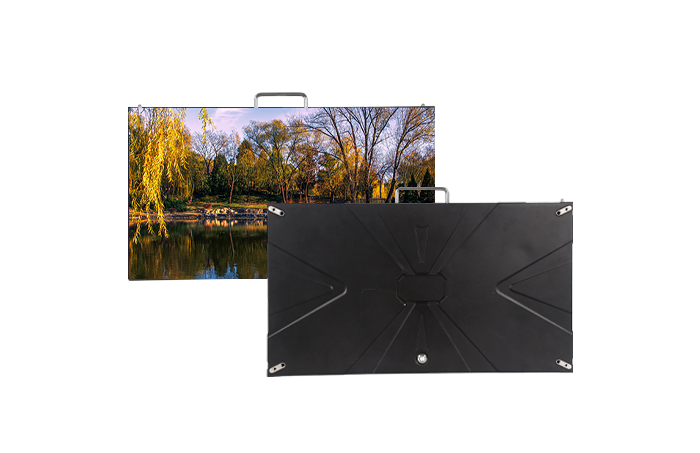source:other news release time:2022-12-01 Hits: Popular:led screen wholesaler

With the development and application of indoor LED display, it can be seen that LED display is widely used in command center, monitoring center and even studio. However, judging from the overall performance of the LED display system, can these displays meet the needs of users? Can the displayed image be viewed according to human vision? Can the LED display stand the test of different camera shutter angles? These are all issues that need to be considered for LED display. Now I will make a brief analysis on several factors (including refresh rate, gray level, etc.) that affect LED display effect.
LED display
Refresh rate of LED display (visual refresh rate)
"Visual refresh rate" refers to the screen update rate, usually expressed in Hertz (Hz). Generally speaking, the visual refresh rate is above 3000 Hz, which is a high-performance LED display screen. The higher the visual refresh rate, the more stable the screen display, and the smaller the visual flicker. The low "visual refresh rate" of the LED display screen affects not only the horizontal stripes that appear during camera shooting and photography, but also the images that tens of thousands of light bulbs flash at the same time. Therefore, the human eye may feel uncomfortable when watching, or even cause harm to the eyes.
Although for the human eye, when the visual refresh frequency is above 60Hz, it has already felt continuous images, the higher the visual refresh frequency, the more stable the displayed images, and the less likely the human eye is to feel tired. Nowadays, in high-quality video, in order to get more detailed pictures, such as wonderful playback or close-up photography, high-speed cameras above 1000Hz per second are used to shoot. At this point, it is a great challenge for the LED display screen that will also be photographed to still be able to present continuous pictures (without black scan lines) or continuous color scales under high-speed shutter.
Gray level of LED display
"Grayscale" refers to different color levels between the darkest and brightest colors. Generally, the gray scale is more than 14 bits, that is, at least 16384 color levels. It is a high-performance LED display screen. If the gray level is insufficient, the color level will be insufficient or the gradient color level will not be smooth enough to fully display the color of the film. The LED display effect is greatly reduced. Some inefficient LED displays can already detect obvious color block distribution under the 1/500s shutter. If we increase the shutter speed, such as 1/1000s or 1/2000s, the situation will be more obvious.
Read recommendations:
p3.91 indoor rental led display
What is the cost of installing an LED display.p10 outdoor led screen